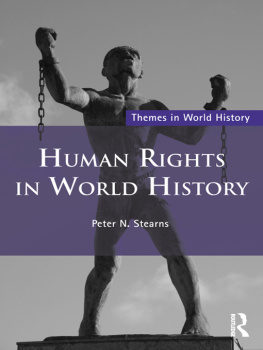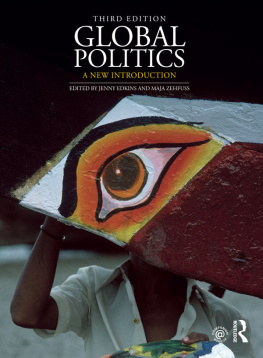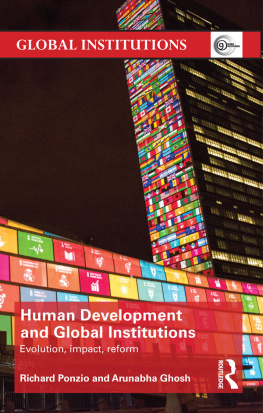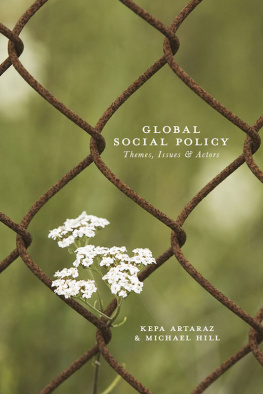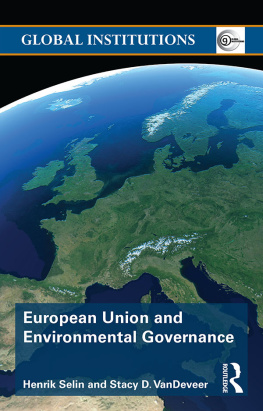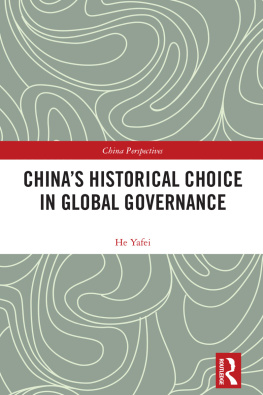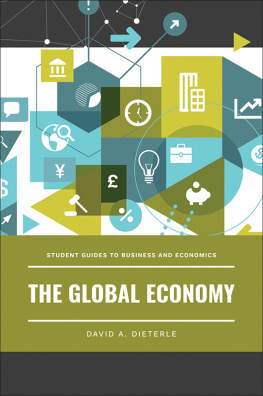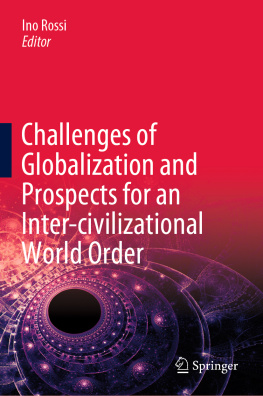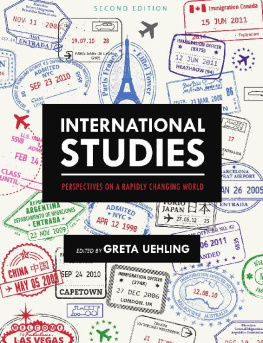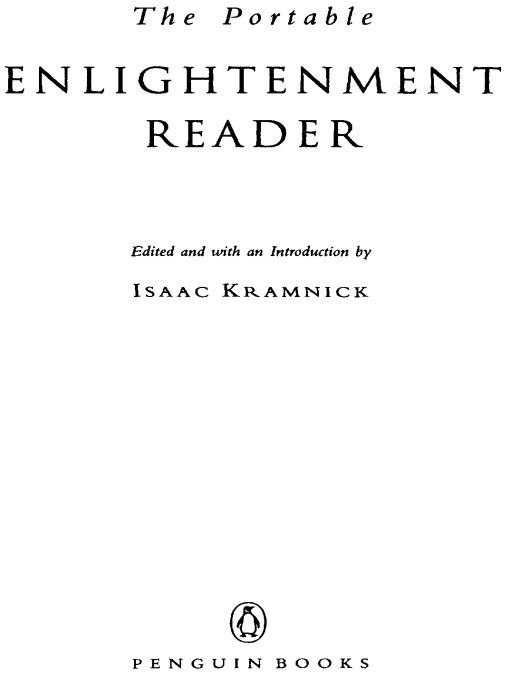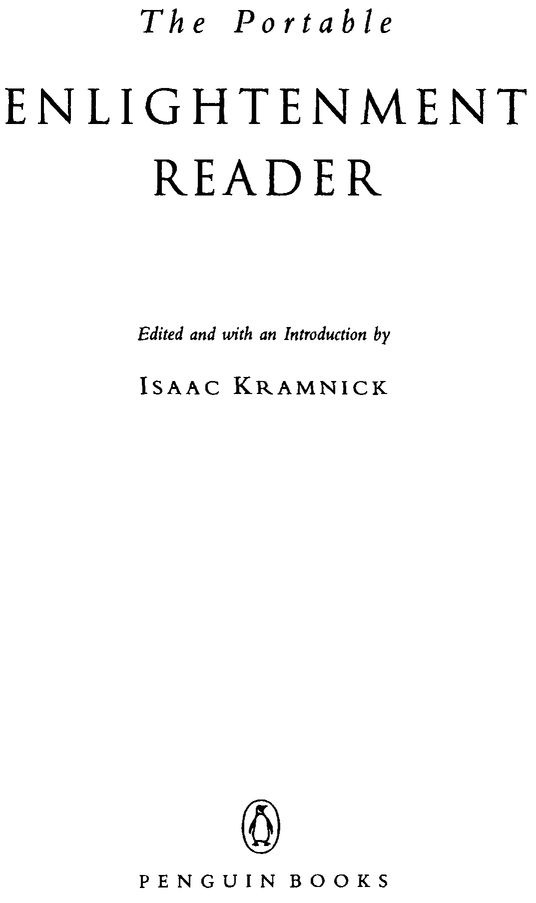Table of Contents
THE VIKING PORTABLE LIBRARY
ENLIGHTENMENT READER
ISAAC KRAMNICK was bom in 1938 and educated at Harvard University, where he received a B.A. degree in 1959 and a Ph.D. in 1965, and at Peterhouse, Cambridge. He has taught at Harvard, Brandeis, Yale, and Cornell, where he is now professor of government. He is married to Miriam Brody and lives in Ithaca, New York. Among his publications are Bolingbroke and His Circle, The Rage of Edmund Burke, and numerous articles on eighteenth-century topics. He has edited The Federalist Papers, William Godwins Enquiry Conceming Politital Justite, Thomas Paines Common Sense, and the Thomas Paine Reader for Penguin Classics. Most recently he is the author, with Barry Sheerman, M.P., of Laski: A Life on the Left.
Each volume in The Viking Portable Library either presents a representative selection from the works of a single outstanding writer or offers a comprehensive anthology on a special subject. Averaging 700 pages in length and designed for compactness and readability, these books fill a need not met by other compilations. All are edited by distinguished authorities, who have written introductory essays and included much other helpful material.
To the Memory of Judith N. Shklar (1928-1992)
Teacher, scholar, friend: A philosophe for our age
INTRODUCTION
FEW HAVE CAPTURED the spirit of the Enlightenment, its intellectual and social agenda, as has Mozart in his operas. The Magic Flute, with its secular priests presiding over Temples of Wisdom, Reason, and Nature, is a series of variations on the triumph of light over darkness, of sun over moon, of day over night, of reason, tolerance, and love over passion, hate, and revenge. Masonic imagery and symbolism abound in the opera, as the Freemasons Mozart and his librettist, Emanuel Schikaneder, bring the disdain for superstition and mystery in church and state, which so marked this most radical of Enlightenment groups, into their musical and literary texts. Similarly, The Marriage of Figaro is a rendering of Enlightenment social ideals, a lyrical hymn to the individualistic claims of self-made assertive men who achieve their place through hard work, skill, and talent, as opposed to aristocrats who are simply born to privilege. What have you done to earn your fortune, rank, and position? Figaro asks the great nobleman Almaviva. He answers his own question: You took the trouble to get born, and no more.
It was the assumed triumph of these ideals that led the French philosopher DAlembert to call his eighteenth century lage des lumieres, the age of splendid illumination, of light and enlightenment. He and his fellow intellectuals, he assumed, would realize the project begun by the Renaissance: to lift the darkness that fell with the Christian triumph over the virtues of classical antiquity. While it is French eighteenth-century thought that is conventionally depicted as best embodying Enlightenment principles, with the writings of the philosophes and their magisterial seventeen-volume Encyclopidie given pride of place, the Enlightenment was, in fact, an intellectual movement that knew no national boundaries. The philosophes themselves saw three Englishmen as the prophets of Enlightenment, and they dedicated their Encyclopidie to Bacon, Locke, and Newton. Jefferson, an American disciple of the Enlightenment, agreed, ordering for his library in 1789 a composite portrait of the same three Englishmen. They had, he wrote to a friend, laid the foundation for the physical and moral sciences of modernity and were the three greatest men that have ever lived, without any exception.
The Enlightenment was an international movement that included French, English, Scottish, American, German, Italian, Spanish, and even Russian schools. Voltaire and Montesquieu visited England and wrote extensively about its institutions. Franklin and Jefferson visited England and France and were well connected with writers in both countries. The intellectual ferment was transnational. John Adams wrote his Defense of the Constitution of the United States of America in response to criticism from the philosophe Turgot, and Smiths Wealth of Nations was translated into French by Condorcet. Mozarts operas as Enlightenment icons epitomize the internationalism of the movement as well. The Austrian composer used Figaro, a literary invention of the Frenchman Beaumarchais, who, in addition to writing Le mariage de Figaro in 1778, had been involved in secret French munitions deals to help the revolutionary Americans. Beaumarchaiss play was immediately translated into English by Thomas Holcroft, Enlightenment novelist and close friend of Enlightenment philosopher William Godwin. Mozarts librettist for Figaro, Lorenzo da Ponte, was an Italian who lived in London in the 1790s and became, finally, a professor of Italian literature at Columbia University in New York City.
Dating an intellectual movement like the Enlightenment is never precise, but a rough guide would emphasize the hundred-plus years from the 1680s to the 1790s. The beginnings are marked in Britain by the Glorious Revolution in 1688, which provided a constitutional arrangement repudiating Stuart autocracy and ushering in religious toleration, as well as by the writings of Locke and the publication in 1687 of Newtons Principia. The French beginnings are signaled by the Revocation of the Edict of Nantes in 1685 and the writings in the 1680s of Bayle and Fontonelle. The end of the Enlightenment is best linked to the realization of its ideals in the revolutionary fervor that swept through America, France, and even England in the last quarter of the eighteenth century, which in turn produced the romantic and conservative reactions of the early nineteenth century.
The initiating events of the 1680s provide glaring evidence of the differing political contexts in which the Enlightenment occurred in its French and British settings. In the liberal atmosphere of Augustan and Georgian Britain, religious toleration and freedom of publication generally flourished. Louis XIVs decision in 1685 to revoke the limited toleration given French Protestants in 1598, on the other hand, ushered in a century of illiberal and autocratic rule in that country, with first the persecution and then the flight of the Huguenots. Royal and clerical control and censorship of publication led to the arrest of writers like Voltaire, as well as the condemnation and suppression at various times of works by Helvtius, Diderot, dHolbach, Montesquieu, and of the Encyclopidie itself in 1759. Performances of Beaumarchaiss Le mariage de Figaro were proscribed in the 1780s by royal decree. In turn, French writers like Montesquieu and Diderot, in order to avoid suppression, often resorted to using observations from fictional foreigners to criticize French political institutions or the Catholic Church. The harsher realities of repression and persecution understandably give the writings of the French Enlightenment a tone that is more bitter and less compromising than is found in the British. Not that despotism, when freed from religious zeal, was utterly incompatible with enlightenment. For several of the philosophesVoltaire, Diderot, and Helvtius, for example, the political ideal was the enlightened despotism of a reforming monarch, like Frederick in Prussia or Catherine in Russia, who, while sponsoring religious toleration, was committed to the rational reform of political, legal, and economic life befitting an age of reason.


